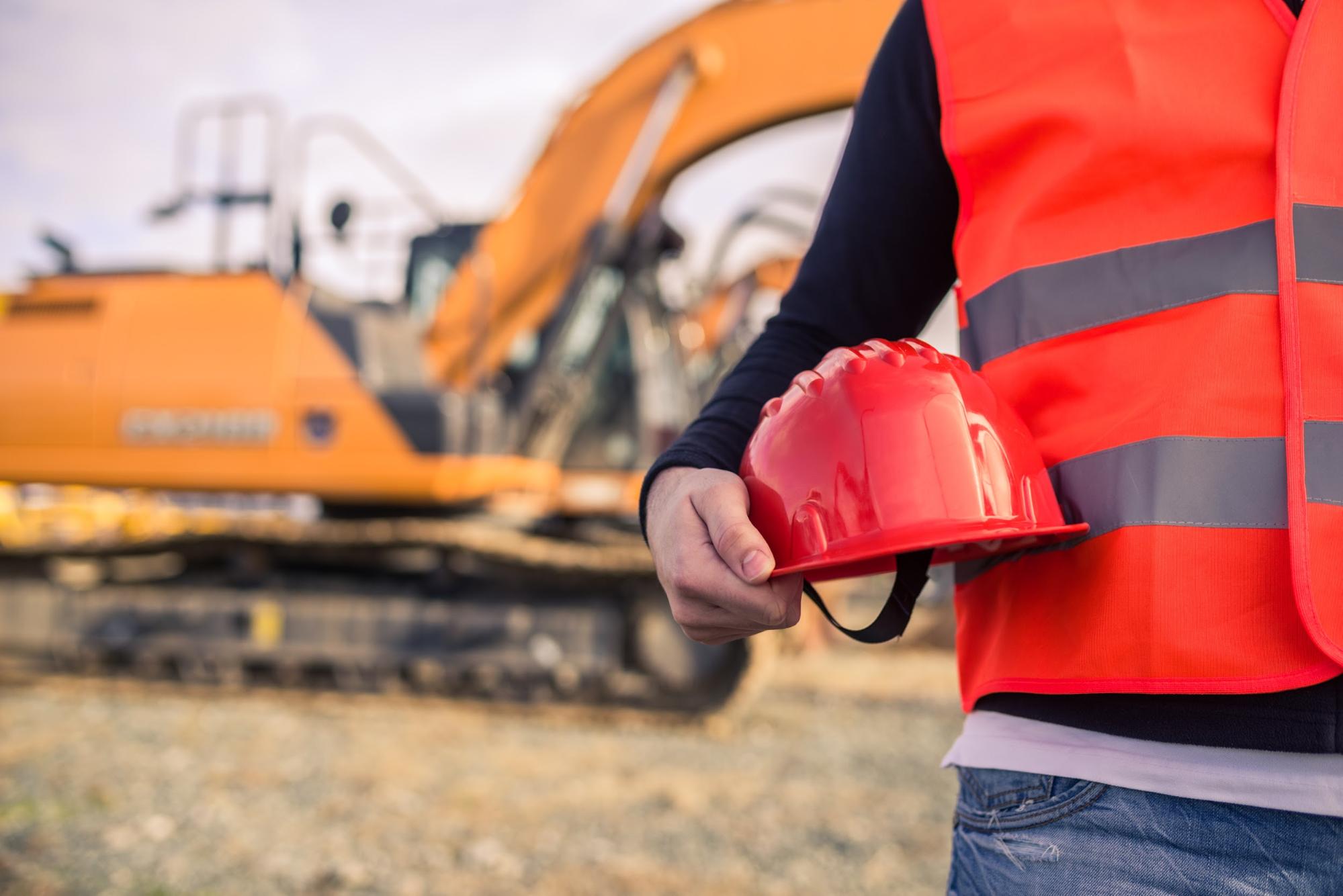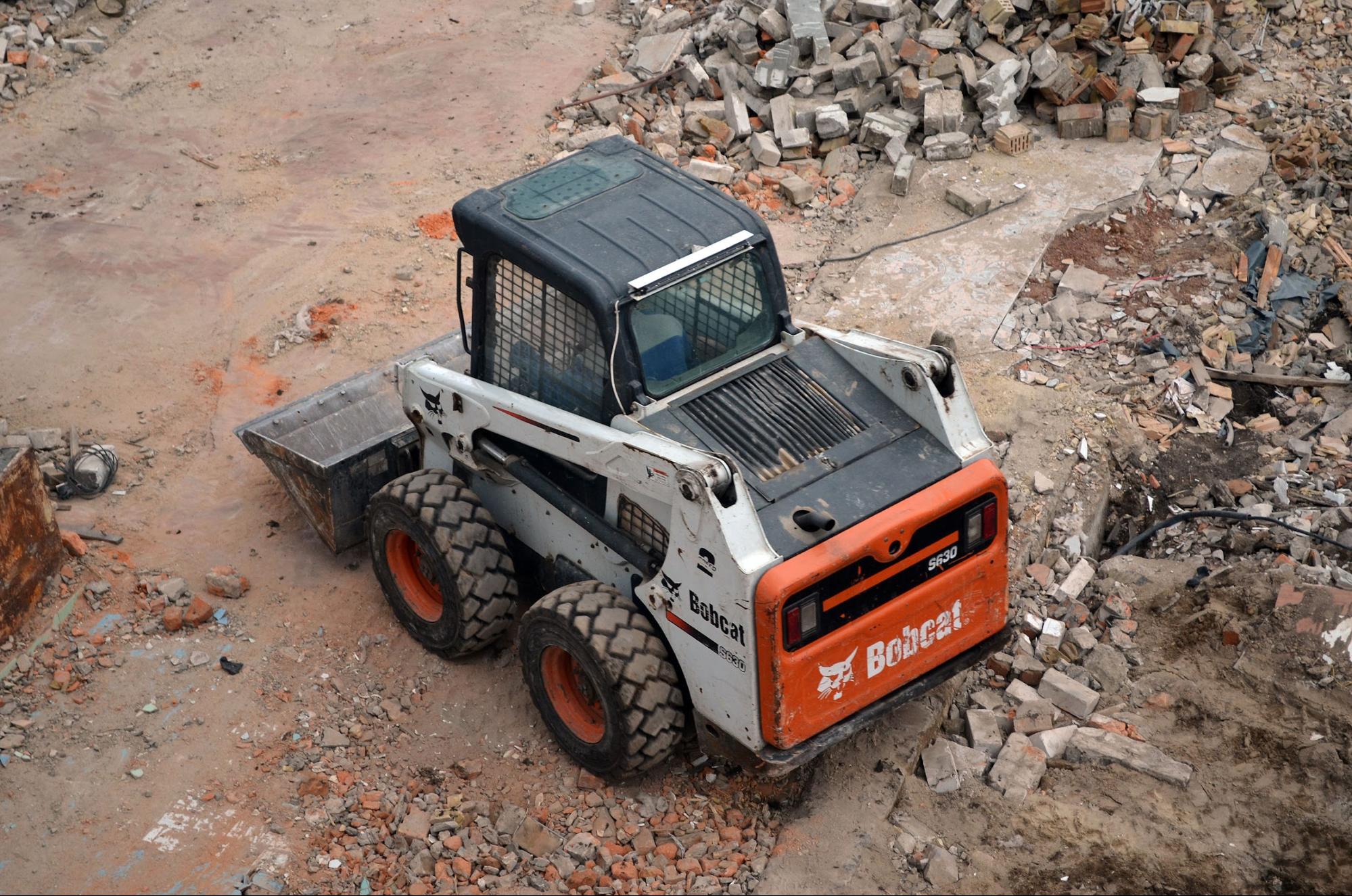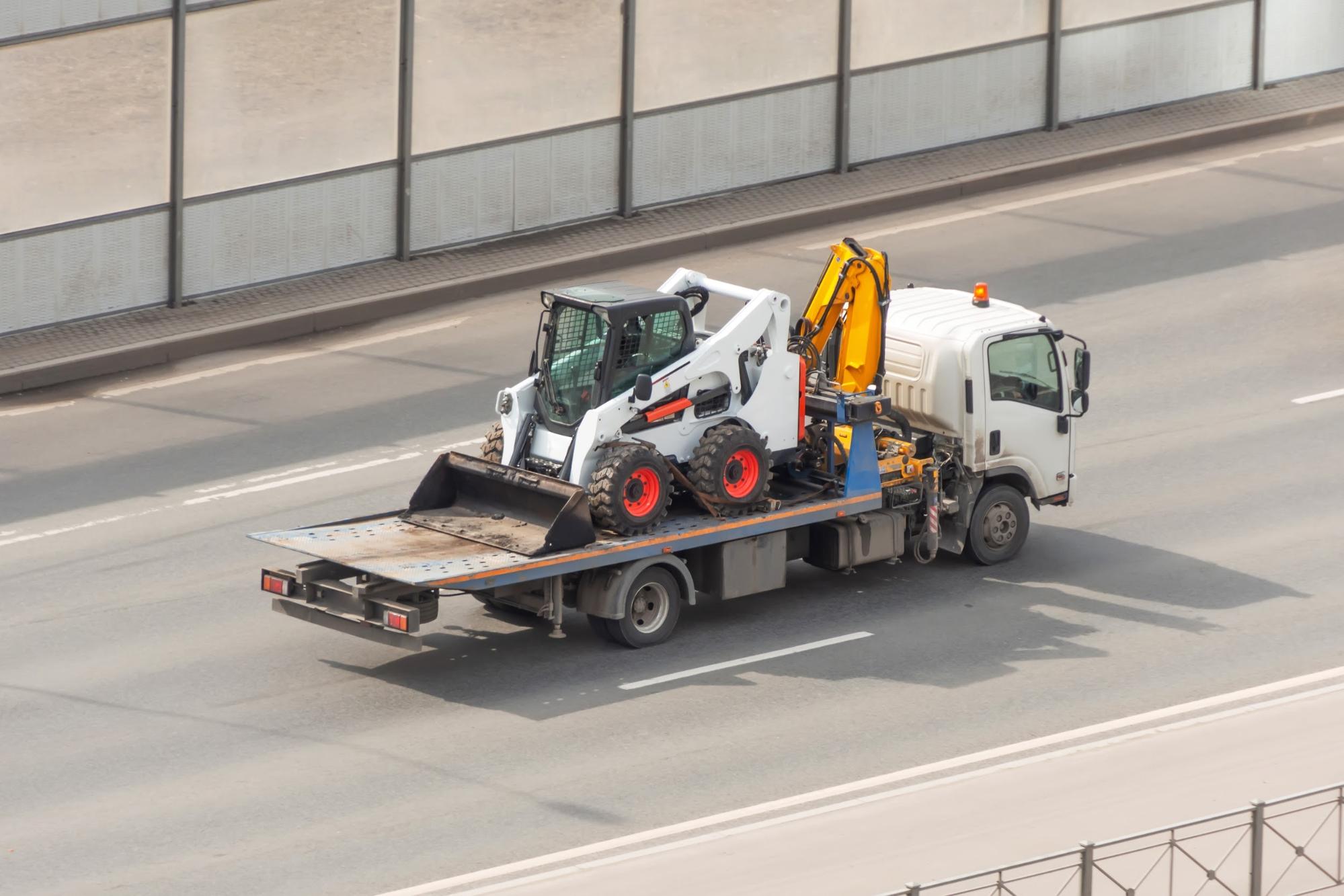Equipment breakdowns and accidents are stressful and aggravating, both for the operator, supervisor and the construction crew. Having an action plan will significantly reduce the incidence of serious work-related injuries and illness. It’ll help to save lives whilst protecting your property and avoiding further equipment damage – saving you time and money.
Construction site accidents are a huge risk to the project schedule, whether or not important machinery is affected. The loss of a single piece of equipment can bring the entire site to a standstill. And whilst you are left to deal with the consequences, establish the cause of a breakdown or accident, repair broken machinery or organise replacements, the clock keeps running.
If you’re overseeing a small commercial construction site, it only takes one malfunctioning excavator to bring the entire project to a halt. Whilst you’re calling a mechanic to troubleshoot and find the source of the issue, your crew’s hands are bound. And so they sit around and wait, which further delays the schedule.
The question is: What do you do when an incident occurs on your site – even though you’ve taken all the precautions? And what do you need to consider when creating an action plan for construction site accidents and machinery malfunctions?
The most common construction equipment accidents
Firstly, you need to know where the dangers lie. Construction sites are busy workplaces, with tradies coming and going and heavy machinery being used. According to the Occupational Safety and Health Administration (OSHA), the most common reasons for construction site accidents involve:
- Hazardous or unsafe equipment
- Broken or faulty equipment
- Lack of safety equipment
28 percent of fatal construction accidents in Australia are caused by falls from great heights, followed by:
- Vehicle collisions
- Electrocutions
- Being hit by a moving object
- Being hit by a falling object
- Being trapped in or between equipment





